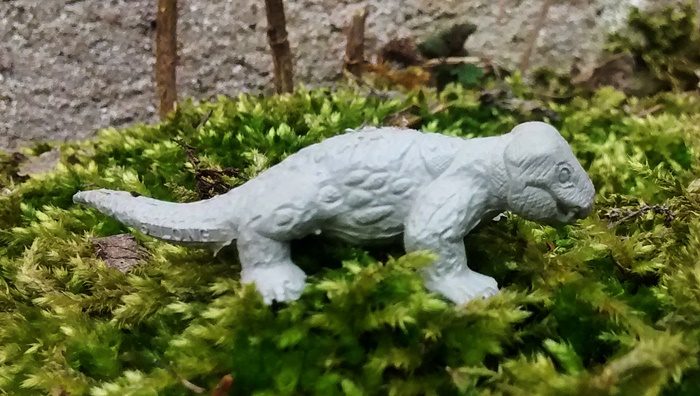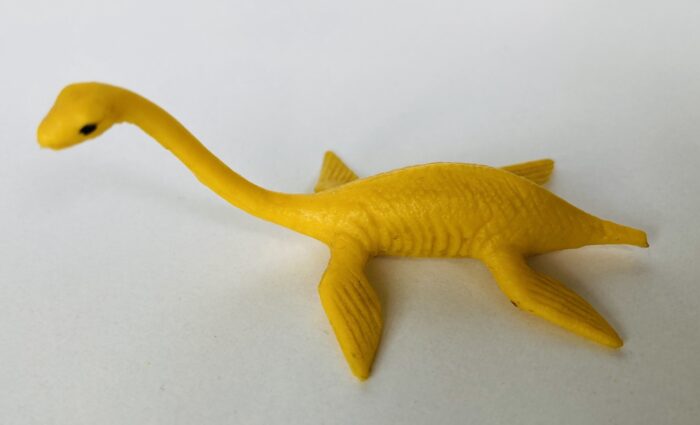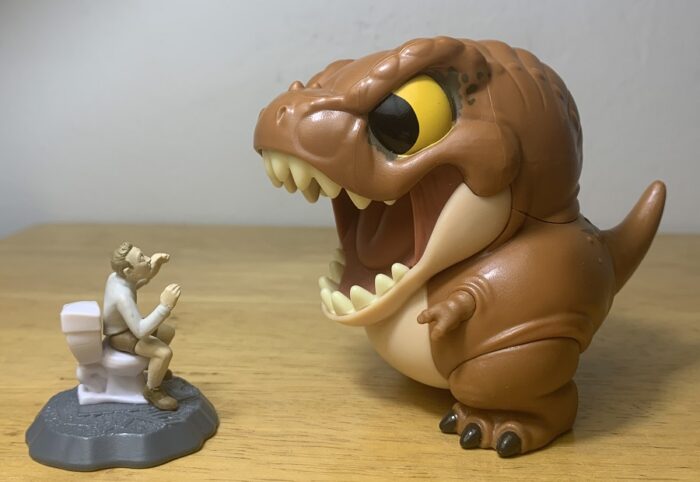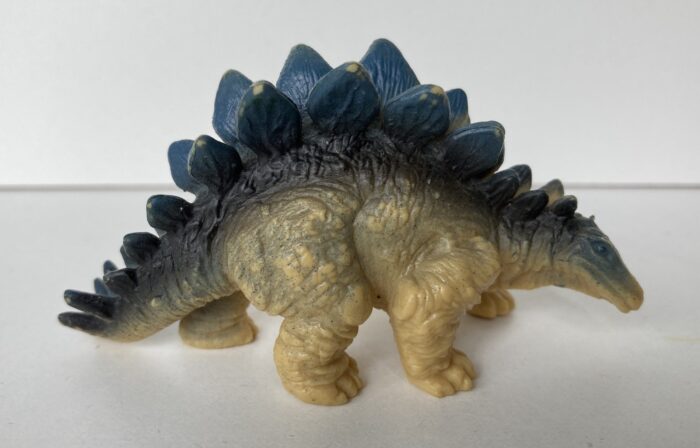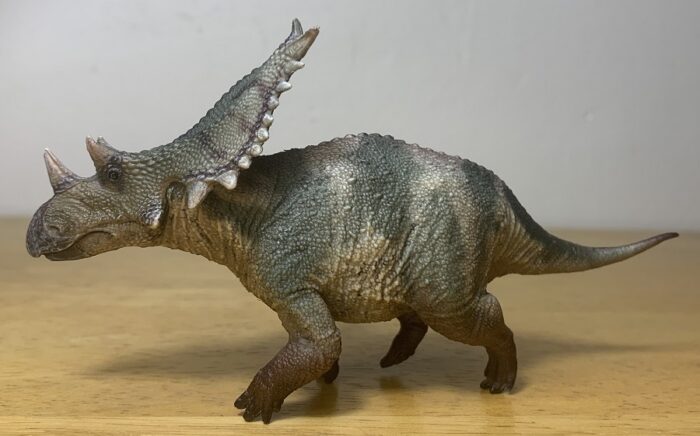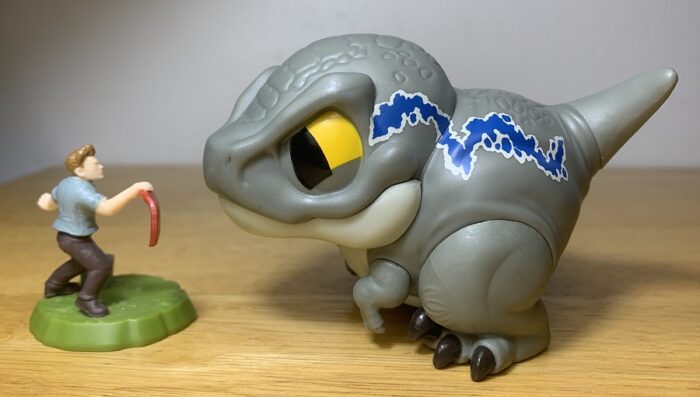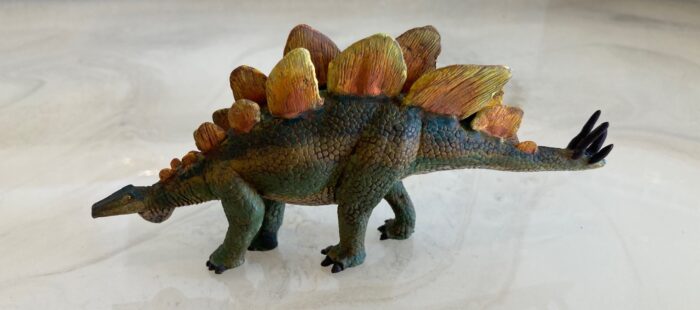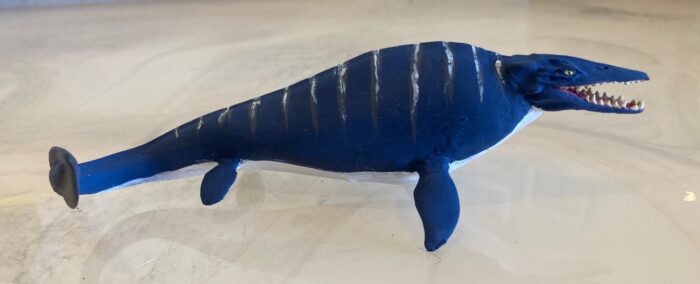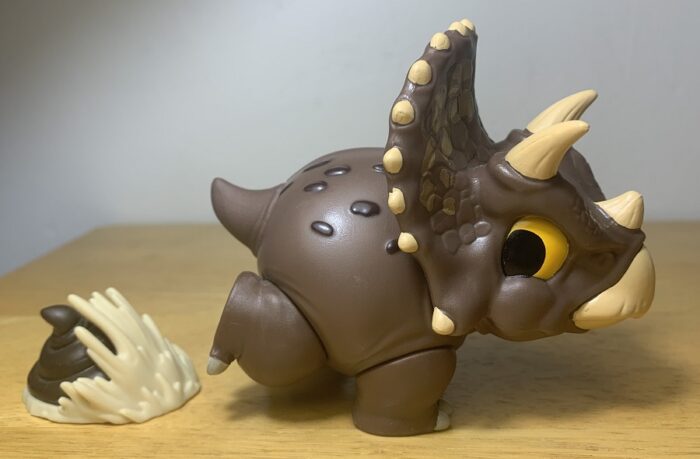Review and photographs by Brontozaurus, edited by Suspsy
I recently visited the Fukui Prefectural Dinosaur Museum (FPDM) while on a trip in Japan. The museum is located near the Kitadani Formation, where many of Japan’s dinosaur species have been found and described. It was well worth it, but even before I got to the FPDM, I was encountering Japanese dinosaurs in toy stores.






